Emergency Preparedness for Families
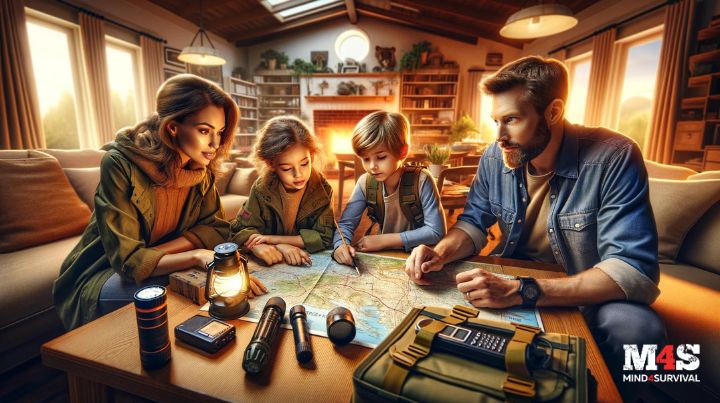
Each year, some form of disaster (either natural or manmade) occurs in various areas of the country. It may be a hurricane, winter storm, flood, train derailment, or chemical spill that can affect entire communities. Disasters affect everyone, so it is important to include your entire family when considering emergency preparedness.
A couple of years ago, my friend’s family had to evacuate their home as they were on the path of a wildfire. Emergency personnel were going from house to house; the families were given 20 minutes to gather belongings and head out. It was very difficult to throw an emergency bag together in 20 minutes, so you need to assemble a family emergency plan before anything happens.
Start the Conversation
Get the family together and talk about making emergency plans. The best way to get the dialogue going is by bringing up something everyone can relate to. Perhaps you have just finished watching a disaster movie, or even an alien or monster film where people have to evacuate their homes or fight for survival. If your children are very young, have them look at a picture of a flood or storm that gets them thinking along those lines. Have a discussion about how the family needs to prepare for these events. Stress the importance of keeping everyone safe and comfortable if an emergency happens.
Assess the Risks in Your Area
Do you live in an earthquake-prone area? Do you find yourself watching for wildfires? Hurricanes and floods are common on the Gulf Coast, but they may not affect you. Tailor your plans to whatever perils might happen near you. We often think of natural disasters, but a very common risk is the threat of a house fire.
Build an Emergency Kit
If you’re just starting out, assemble an emergency kit that includes supplies that can sustain your family for at least 72 hours. Include enough water (one gallon per person per day), non-perishable food, first aid supplies that include extra prescriptions, flashlights, batteries, hygiene supplies, and a folder containing important documents. Keep your family’s unique needs in mind: baby formula and diapers if you have babies and extra pet food for pets.
You’ll also need backup forms of communication so you can keep up with news in a disaster: battery-powered weather radio, two-way radios, battery banks, and solar chargers for your mobile phone.
Don’t forget entertainment and comfort items for emergencies. Books, puzzles, crafts, and board games will help pass the time when the electricity is down and the kids are unable to watch TV or use computers.
Sign up for Emergency Alerts
According to FEMA’s national emergency survey, fewer adults have signed up for emergency alerts and warnings than in previous years. It’s a good idea to consistently update yourself on weather conditions and local news. Install weather, city alerts, and emergency notification apps on your smartphone so you can stay informed and react accordingly.
Emergency Contacts
Store all your emergency contacts in your phone, along with a written backup. Include names, phone numbers, and addresses of your possible contacts in case of an emergency: school and work contacts, babysitters, healthcare contacts, the emergency shelter, etc. Also include numbers for utilities, emergency services, banks, and insurance companies. Keep the list in a central area such as a bulletin board or refrigerator. Make an emergency card to keep in your children’s backpack or locker.
Set up a Texting Tree
Landlines and voice communication may be compromised in a widespread emergency, but texting has been known to work. Use a texting tree to keep family and friends informed during an emergency. Set it up by listing three contacts you would notify in an emergency. Your contact would then text three people, and so on. Keep it simple, as you may only have a limited window when you can send a text.
Emergency Meeting Place
Ideally, you can all meet at home when a disaster occurs, but where would you meet if your house is unreachable? Or what if you get separated in an emergency? Set up a plan B and a plan C, just in case. You can plan to meet at a church or coffee shop nearby. Everyone should be familiar with the location in advance.
Practice Survival Skills Together
It’s a good idea to start teaching kids some basic survival skills while they’re young. The first lesson could be what they should do if they get lost or separated from you. If they feel they have gotten lost, stop moving—this way, they can be found quickly. Don’t separate from the group. Show them how they can yell for help or use an emergency whistle.
Another easy lesson is how to call 9-1-1 if they find themselves in an emergency and someone is hurt or in danger.
Show them how to pay attention to their surroundings by playing “I Spy” or spot the exits whenever you’re out and about.
Talk about Safety
Being prepared for emergencies would not be complete without a discussion about safety. I’ve heard of home invasions where an unsuspecting child or teen opens the door to a stranger who turns out to be a criminal. Explain to children and teens that not everyone who comes to the door means well, so they should never open it when someone knocks or rings the doorbell. Instead, let an adult know there is someone at the door.
Plan your Exit Route
In case of an evacuation, know all the possible exits out of your building and out of your neighborhood. In a disaster, some streets may be blocked, so you need to know alternate ways to get out.
Test your Plan
Conduct emergency drills to test how well you’ll fare in an emergency. Have a fire drill so everyone knows where all the emergency exits are located, and have a disaster drill in case you have to evacuate your home. If you do nothing else, test your emergency gear so everyone knows how to use the water filter, solar charger, and weather radio, and check the batteries in your flashlights.
The Final Word on Emergency Preparedness for Families
As Benjamin Franklin said, “By failing to prepare, you are preparing to fail.” Hopefully, this article has given you some ideas on starting or improving your emergency plan.
You don’t need to do everything listed here all at once. Start with one activity a month and go from there. Being proactive and planning for emergencies will ensure you and your loved ones stay safe and comfortable in the event of a disaster.
Additional Resources:
Related Articles
FREE Guide
Read the Best Seller
Join Mind4Survival
Stay informed by joining the Mind4Survival! 100% Secure! 0% Spam!
Affiliate Disclosure...
Mind4Survival is a free, reader-supported information resource. If you make a purchase through our link, we may, at no cost to you, receive an affiliate commission.
Do You Want To Be Ready No Matter What?

Download our free 39-page guide with interactive, 7-Day Emergency Kit Checklist and take the first step toward real preparedness.
- Know exactly where to start.
- Save time and money.
- How-to build a complete Basic Emergency Kit.
- Level up your safety and security.
Join Mind4Survival
Stay informed by joining the Mind4Survival! 100% Secure! 0% Spam!


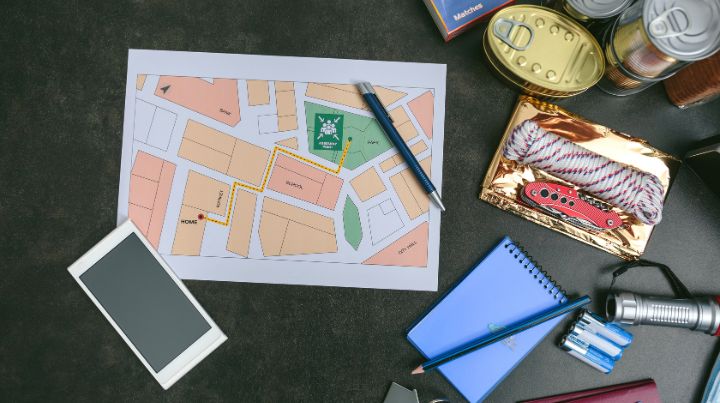
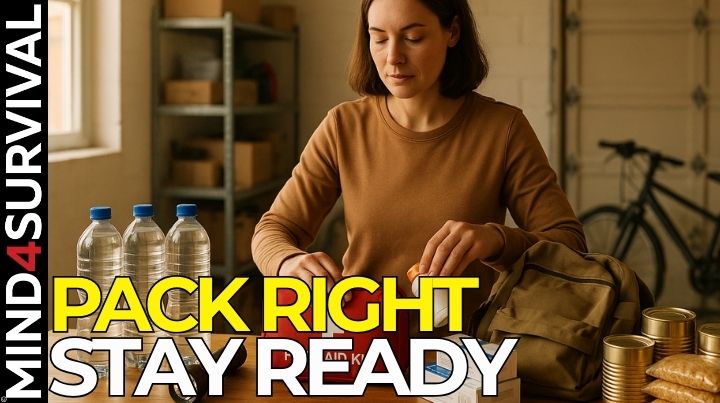
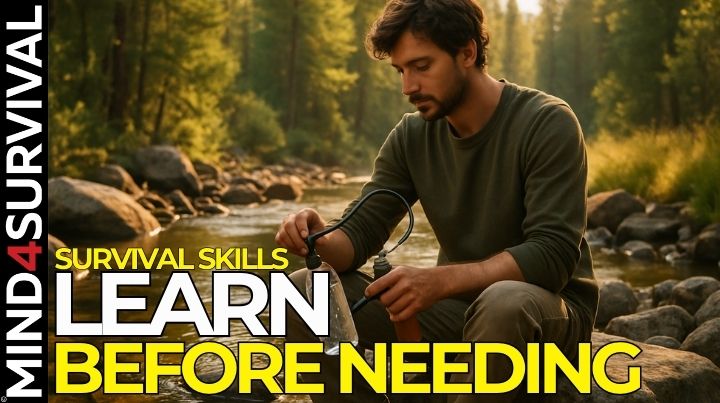
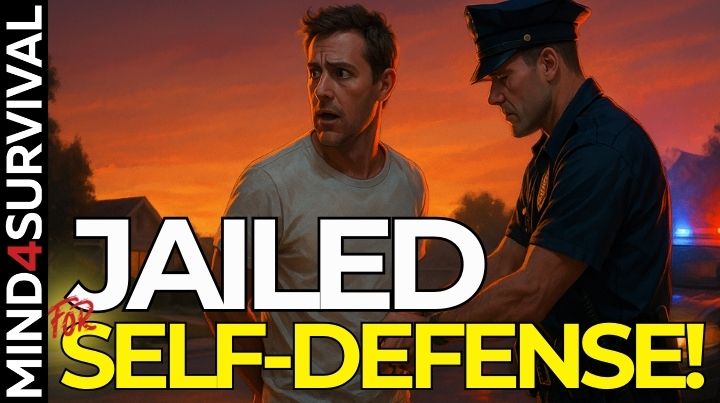


Great article! These are things we should all do. Just don’t forget your flashlight and wristwatch . . . and cash money LOL.
Thanks, Ron!